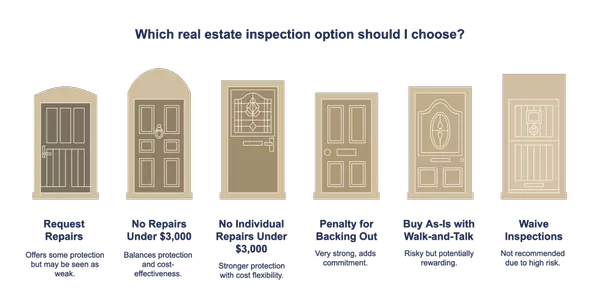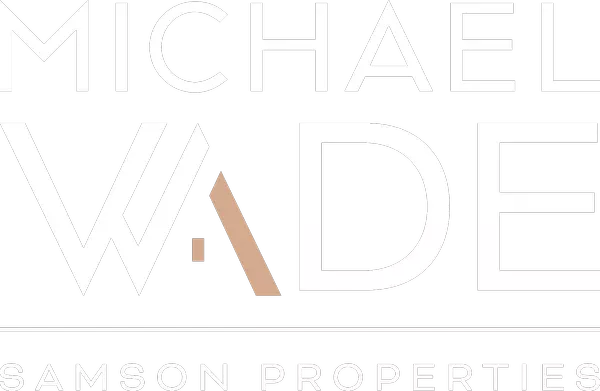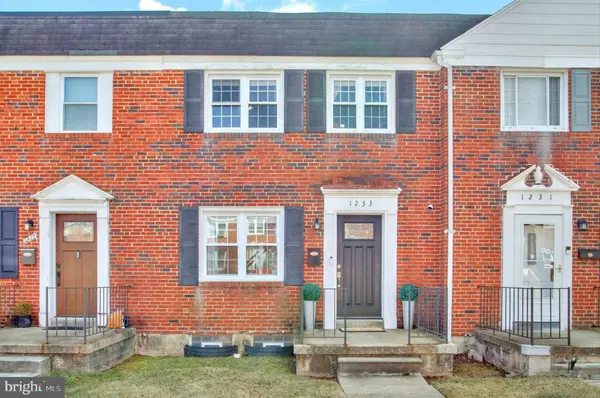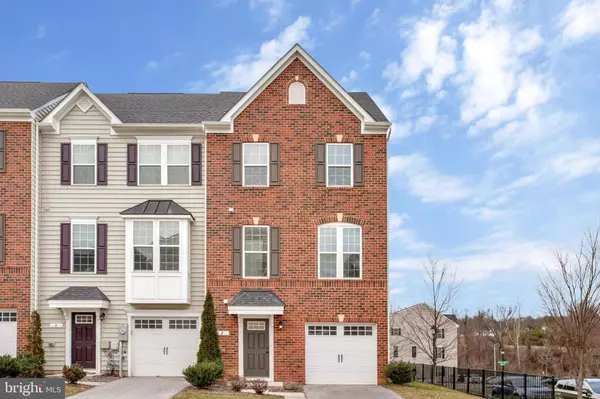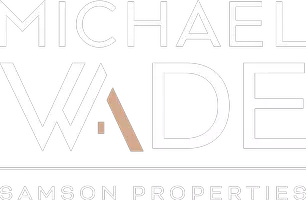Understanding Your Options Regarding Real Estate Inspections - You have more than 2 Options!

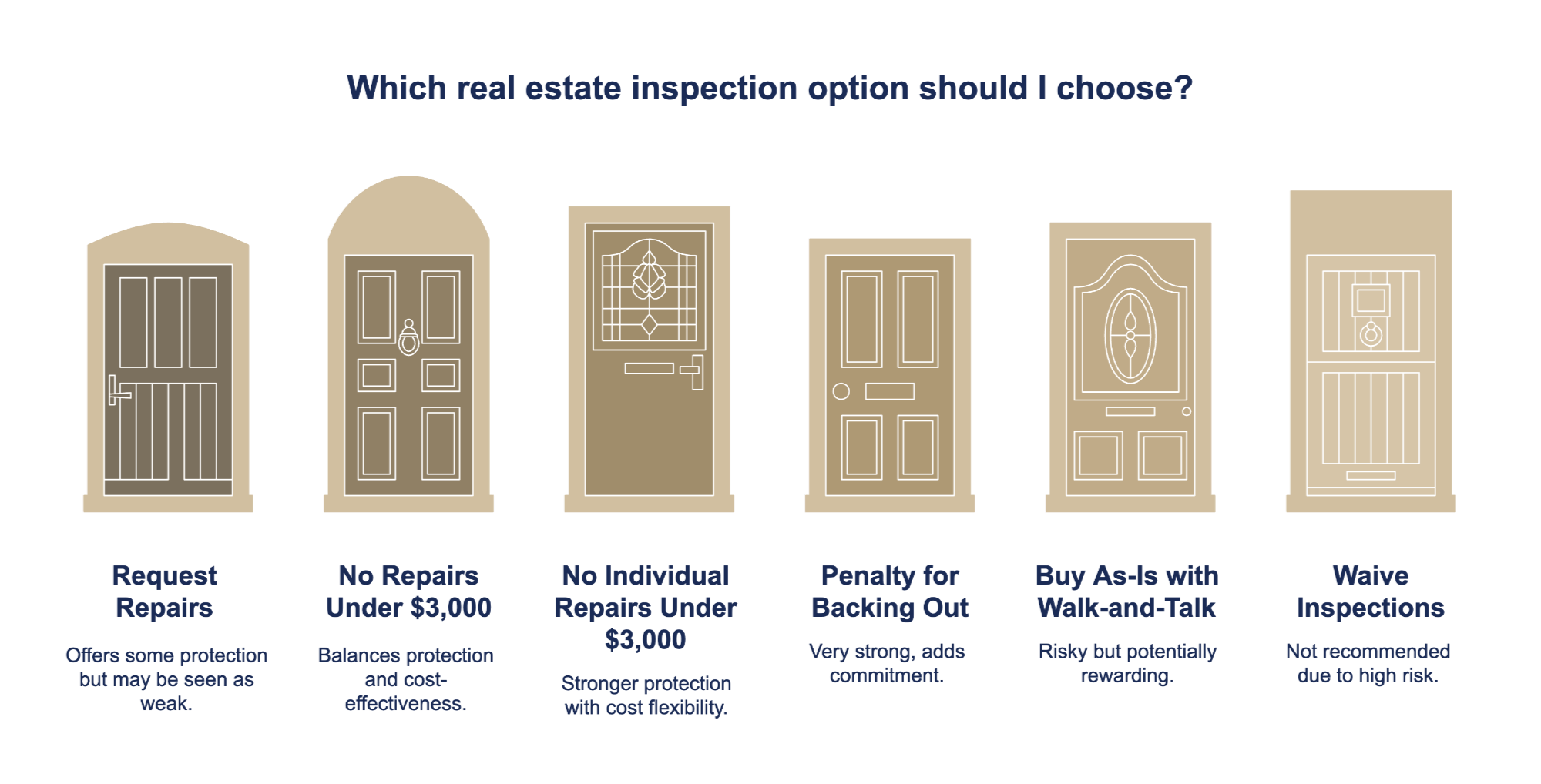
Understanding Your Options Regarding Real Estate Inspections - You have more than 2 Options!
This blog aims to clarify common misconceptions about real estate inspections and to provide a comprehensive overview of options available to buyers beyond the simple "inspect" or "buy as-is" dichotomy. We will explore six distinct strategies, ranked from weakest to strongest, to help you navigate the post-inspection phase with confidence and achieve the best possible outcome.
Most buyers believe they only have two choices when it comes to real estate inspections: either conduct a thorough inspection and potentially request repairs, or forgo the inspection altogether and purchase the property "as-is."
However, the reality is far more nuanced, offering a spectrum of strategies tailored to your specific circumstances and risk tolerance. Let's explore these options, ranked from weakest to strongest:
1. Inspect and Request Repairs (Weakest)
This is the most common and often the weakest approach. After the inspection, you submit a list of requested repairs to the seller. The seller can then agree to all, some, or none of the repairs. This puts you in a reactive position, relying on the seller's willingness to cooperate.
-
Pros: Allows for a thorough assessment of the property's condition.
-
Cons: Can lead to lengthy negotiations, potential disagreements, and the possibility of the seller refusing to address critical issues. It also signals to the seller that you're potentially willing to walk away, which can weaken your negotiating position.
2. Inspect and Not Request Repairs if the Total Cost is Under a Certain Amount (Slightly Better)
This strategy involves setting a threshold for the total cost of repairs you're willing to absorb without requesting seller assistance. For example, you might decide not to request repairs if the total estimated cost is under $3,000.
-
Pros: Demonstrates a degree of flexibility and willingness to compromise. Streamlines the negotiation process by eliminating minor repair requests.
-
Cons: Still leaves you vulnerable to significant repair costs exceeding the threshold. The seller might still be hesitant if they perceive the total repair cost, even if you are willing to absorb some of it, as a reflection of the property's overall condition.
3. Inspect and Not Request Repairs for Any Individual Issue Costing Under a Certain Amount (Stronger)
This approach is similar to the previous one, but focuses on individual repair costs rather than the total. For instance, you might agree not to request repairs for any single issue costing less than $3,000.
-
Pros: Provides a stronger level of protection by addressing potentially costly individual issues. Shows the seller you are serious about the purchase and not nitpicking minor details.
-
Cons: Requires careful evaluation of each of the costs. If you have multiple costs, it could potentially create a situation where you remove the ability to negotiate a collection of expenses under $3,000.
4. Inspect and Not Request Repairs for Any Individual Issue Costing Under a Certain Amount, Plus a Penalty for Backing Out (Very Strong)
This strategy builds upon the previous one by adding a financial incentive for you to proceed with the purchase, even if issues arise. For example, you might agree not to request repairs for any individual issue costing less than $3,000, and also agree to pay the seller $1,000 if you back out of the deal.
-
Pros: Significantly strengthens your offer by demonstrating a strong commitment to the purchase. The penalty for backing out, while not substantial, adds a layer of financial risk that discourages frivolous cancellations.
-
Cons: Requires careful consideration of your financial situation and risk tolerance. You need to be comfortable with the possibility of paying the penalty if you ultimately decide to walk away.
5. Buy the Home As-Is with a Walk-and-Talk (Very Strong, but Risky)
This approach involves conducting a pre-offer walkthrough with the seller and their agent to discuss any known issues with the property. You then submit an offer to purchase the property "as-is," meaning you agree to accept the property in its current condition without requesting any repairs.
-
Pros: Can be a very attractive option in a competitive market, as it eliminates the uncertainty and potential delays associated with inspections and repair requests. Can potentially secure a better purchase price due to the "as-is" nature of the sale.
-
Cons: Carries a significant level of risk, as you are accepting the property without a professional inspection. Requires a high degree of trust in the seller's disclosure and your own ability to assess the property's condition.
6. Waive Inspections (Please Don't Do This)
While waiving inspections might seem like a way to make your offer more appealing, it is generally not recommended. Forgoing an inspection leaves you completely vulnerable to unknown issues and potentially costly repairs.
-
Pros: Makes your offer highly competitive in a seller's market.
-
Cons: Exposes you to significant financial risk. You could be stuck with major repairs that you were unaware of before purchasing the property.
By understanding these six options, you can approach the post-inspection phase with a strategic mindset and make informed decisions that align with your individual needs and risk tolerance. Remember to consult with your real estate agent and legal counsel to determine the best course of action for your specific situation.
For more information - Text me at 443-812-9980 or email me at Michael@michaelwaderealtor.com
Recent Posts
